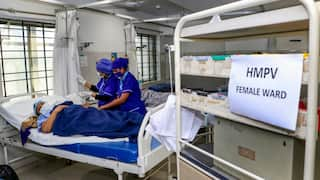Sanitizing food production facilities with plastic films

Washington D.C. [USA], Aug 13 (ANI): Specially designed plastic films can prevent bacterial contamination in the food and biomedical industries, a recent study has suggested.
The plastic films work by killing bacteria in biofilms and preventing bacteria from forming biofilms in the first place. Biofilms are aggregates of bacteria that highly increase bacterial resistance to antimicrobials, as well as to disinfectants. "...biofilms are the leading cause of cross contamination of food and non-food materials upon contact with contaminated surfaces," according to the report.
"We tested the modified plastic films using two relevant foodborne pathogens--Escherichia coli, and Listeria," said corresponding author Nitin Nitin from the University of California, Davis. "The tests were conducted to evaluate prevention of biofilm formation, as well as treatment of pre-formed biofilms."
The plastic films are modified to prevent contamination by integrating "N-halamines," special chemical groups, within the polymer matrix of the plastic. N-halamines are composed of a nitrogen and a chlorine atom, in some cases with other elements attached.
Depending on the precise composition, the N-halamines can kill bacteria on contact, or by releasing the chlorine to kill the bacteria. In the latter cases, bathing the plastic films in bleach can recharge the N-halamines with chlorine, as shown in the study.
"Many food borne disease outbreaks can be traced back to cross-contamination of food with pathogenic bacteria," said Nitin. "Currently, we do not have an active approach to continuously prevent deposition of bacteria during food processing operations, and can only remove these deposits after processing--during a cleaning shift. Similar risks exist in the hospital environment."
Conventional sanitizers are difficult to work with in the food production environment, because access to areas of potential contamination is limited.
Nitin noted that the plastic films used in this study are versatile, and can be cast or modelled into different shapes, "such as conveyor belts, self-sanitizing globes, plastic bins for food transport, or a plastic mat for biomedical tools. Furthermore, these plastic films can be easily added to existing equipment as a lining material."
The study is published in Applied and Environmental Microbiology. (ANI)
This story has not been edited. It has been published as provided by ANI
Trending News
Top Headlines






























